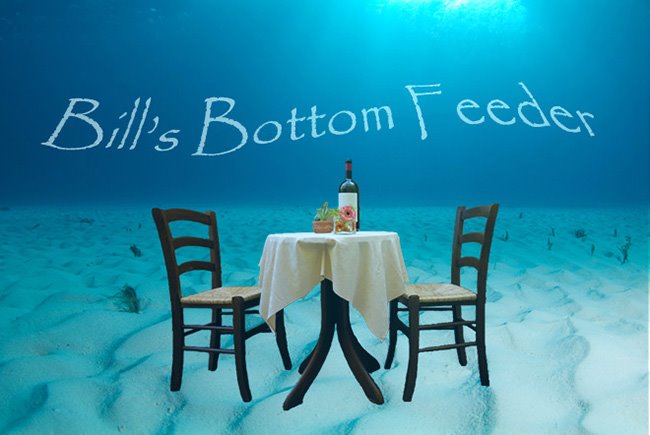Hi there:
Quiz: Of the
hundreds (just two) responses to the quiz (“what is Gullah”), both had them
correct. Gullah is a culture/cuisine/language
from slavery times that survives on the Sea Islands of South Carolina, Georgia,
and parts of Florida.
Our first port of call after leaving Charleston on Saturday
was Beaufort (SC). Although both
Carolinas contain a “Beaufort”, one of the first things we learned from our
tour guide (below) was that the South Carolina city is “Buuuuuufort” and not “Boooooofort”
which is in the “other state”. And don’t
you forget it..
On Sunday we went on a “Low Country Heritage Tour” which
encompassed the sea islands of Ladys and St Helena, where the Gullah culture
still has a presence. We boarded a bus and
“met” our tour guide, Evelene, and headed out
Although she was not an anthropologist (real estate agent)
she has been giving tours and studied the Gullah culture for years and was quite knowledgeable on the
subject. (According to her) “Gullah” was
a corruption derived from “Angola” where most of the slaves came from. If you’re
interested you can google yourself to death on the subject. Gullah people had a language all their own which
enabled them to speak about and in the presence of their “masters” and owners
without their knowledge. Here’s a short
utube clip kind of cute, but you might get a flavor..
So we set off to tour some of the Gullah Sites
couldn't convince them to stop
Our first stop was at an old Gullah Cemetery
She explained that the traditional customs were that you couldn’t take a
stick or blade of grass because the spirits might go with it, your head had to remain
covered so they couldn’t enter, and most of all, you had to back out the
entrance from which you came…we all complied, not wanting to test time honored ways.
we toured along lovely lanes lined with live oak
and the omnipresent “Spanish Moss”.
And there are still a few old houses on the island
We then visited a “praise house” a small building used for
religious purposes by the slaves, mostly music. this house is on the register of national historic places
We all squeezed in to listen to Evelene talk about its
history and use. I’ll try to include a
snippet of her talk.
At the end of her little talk we all sang Amazing
Grace. Quite moving.
We then visited the ruins of a “Chapel of Ease”. It was built ca. 1740 to serve planters in
St. Helena Parish who lived at great distances from the parish church in
Beaufort and could not regularly attend services there
Around one of the little enclosed plots was some lovely
(old) iron work
As a quick aside, it was constructed out of “Tabby” concrete,
a type of concrete made by burning oyster shells to create lime, then mixing it
with water, sand, ash and broken oyster shells.
While we were all absorbing the rustic beauty, our bus
driver amused himself with some undefined activity on a stage of a stump..
1502
That ended our tour of Ladys and St. Helena island, and we
left with new knowledge and respect for a people enslaved against their will
and how they coped with life.
When we got back to Buuuuuufort, MFO and I walked around
town some, a lovely place
And an interesting poster advertising an upcoming air show… nice airplane
Then back to the boat for a great dinner
and view....
The evening closed with a return of Evelene singing some songs
a more talks about the local culture.
Nice day and start to our cruise, and of course we were
DFD

















No comments:
Post a Comment